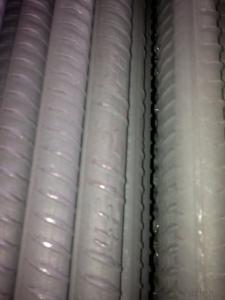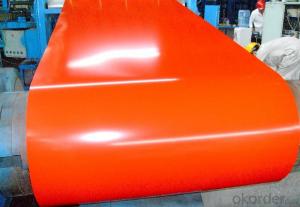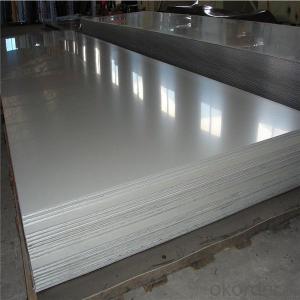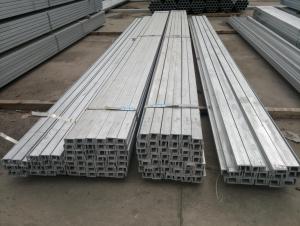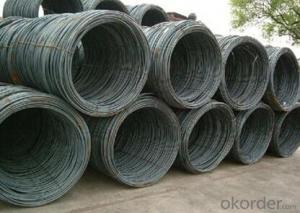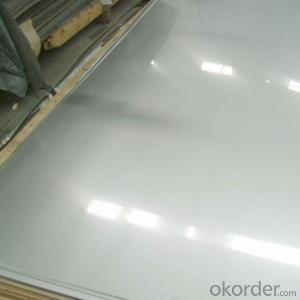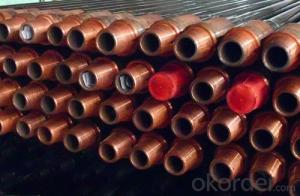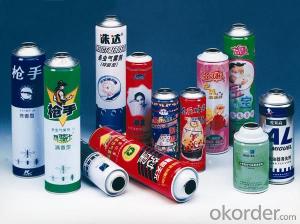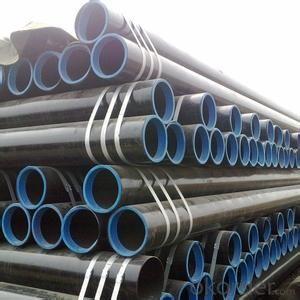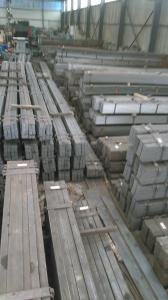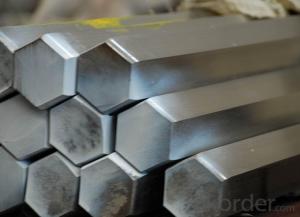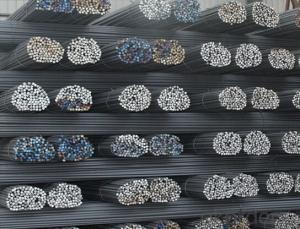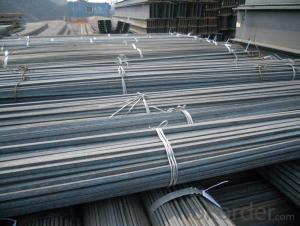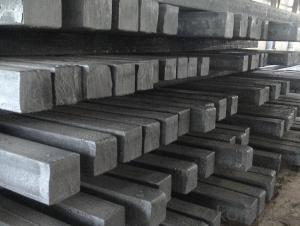All Categories
- - Steel Wire Rod
- - Steel Coils
- - Steel Profiles
- - Steel Pipes
- - Stainless Steel
- - Tinplate
- - Special Steel
- - Steel Sheets
- - Steel Rebars
- - Steel Strips
- - Hot Rolled Steel
- - Cold Rolled Steel
- - Pre-painted Steel
- - Seamless Steel Pipe
- - Welded Steel Pipe
- - Hollow Steel Tubes
- - Galvanized Pipe
- - Stainless Steel Coil
- - Stainless Steel Sheet
- - Stainless Steel Plate
- - Stainless Steel Strips
- - Electrolytic Tinplate Coil
- - Electrolytic Tinplate Sheet
- - Stainless Steel Rebars
- - Solar Panels
- - Solar Water Heater
- - Solar Related Products
- - Solar Inverter
- - Solar Cells
- - Solar Light
- - Solar Energy Systems
- - Solar Controllers
- - Solar Mounting System
- - Solar Pump
- - Solar Chargers
- - Fiberglass Chopped Strand
- - Fiberglass Mesh Cloth
- - Composite Pipes
- - FRP Pultrusion Profiles
- - Fiberglass Mat Tissue
- - Fiberglass Fabrics
- - Fiberglass Mesh
- - Composite Tank
- - Fiberglass Mesh tape
- - Polymer
- - FRP Roofing Panel
- - Fiberglass Roving
- - Monolithic Refractories
- - Ceramic Fiber Products
- - Refractory Bricks
- - Raw Materials For Refractory
- - Suspended Platform
- - Cranes
- - Concrete Machinery
- - Earthmoving Machinery
- - Building Hoist
- - Road Building Machinery
- - Plastic Pipe Fittings
- - Plastic Tubes
- - Plastic Sheets
- - Agricultural Plastic Products
- - Plastic Nets
 All Categories
All Categories
Q & A
What are the considerations for joining cold-rolled steel in welding applications?
When joining cold-rolled steel in welding applications, several considerations should be taken into account. Firstly, the weldability of cold-rolled steel is generally lower compared to hot-rolled steel due to its higher strength and lower ductility. This means that selecting the appropriate welding process, such as gas metal arc welding (GMAW) or shielded metal arc welding (SMAW), is crucial to ensure a strong and durable joint.
Another important consideration is the pre-weld and post-weld treatments. Cold-rolled steel often has a thin oxide layer on its surface, which should be removed through cleaning or grinding to ensure proper fusion during welding. Additionally, preheating the material may be necessary to reduce the risk of cracking. Furthermore, post-weld treatments like stress relieving or annealing may be required to minimize residual stresses and improve the overall toughness of the joint.
It is also important to note that the selection of filler material is critical. Typically, low carbon or mild steel filler rods or wires are used to match the composition of the cold-rolled steel, ensuring good weld bead formation and minimizing the risk of weld defects.
Overall, careful consideration of welding processes, surface preparation, pre and post-weld treatments, as well as proper filler material selection, are crucial factors to ensure successful and high-quality joints when working with cold-rolled steel in welding applications.
What are the key differences between the annealing processes of cold-rolled and hot-rolled steel?
The key differences between the annealing processes of cold-rolled and hot-rolled steel lie in the temperature at which they are annealed and the resulting mechanical properties of the steel. Cold-rolled steel is annealed at lower temperatures, typically below its recrystallization temperature, to improve its hardness, strength, and dimensional stability. Hot-rolled steel, on the other hand, is annealed at higher temperatures, typically above its recrystallization temperature, to enhance its ductility and toughness. Additionally, the cooling rate after annealing differs between the two processes, with cold-rolled steel often being air-cooled and hot-rolled steel being allowed to cool naturally in the furnace.
How is the surface quality of cold-rolled steel assessed and controlled?
The surface quality of cold-rolled steel is primarily assessed and controlled through visual inspection and various testing methods. Visual inspection involves checking for defects such as scratches, pits, or marks on the surface. Additionally, non-destructive testing techniques like magnetic particle inspection or ultrasonic testing can be employed to identify any hidden defects. Various control measures are implemented during the manufacturing process, such as proper cleaning and lubrication of the rolling equipment, precise control of rolling parameters, and maintaining a controlled environment to minimize the introduction of contaminants.
Wholesale Cold Rolled Steel from supplier in Uganda
Our team of professionals is dedicated to providing excellent customer service and ensuring that your Cold Rolled Steel requirements are met efficiently and effectively. We understand the importance of quality and reliability in construction projects, and we only supply Cold Rolled Steel products from trusted manufacturers.
Whether you need Cold Rolled Steel for roofing, fencing, or general construction purposes, we have the right products for you. Our sales team will work closely with you to understand your specific needs and provide you with accurate quotations and technical support. We can also assist you in choosing the most suitable Cold Rolled Steel products for your project, taking into consideration factors such as strength, durability, and cost-effectiveness.
With our strong network of suppliers and logistics partners, we can ensure timely delivery of your Cold Rolled Steel products to any location in Uganda. We are committed to meeting your deadlines and ensuring that your construction projects proceed smoothly.
At our company, we believe in building long-term relationships with our clients. We strive to exceed your expectations with our superior quality products, competitive prices, and exceptional customer service. Whether you are a small-scale contractor or a large construction company, we are here to serve your Cold Rolled Steel needs in Uganda. Contact us today for all your Cold Rolled Steel requirements.
Whether you need Cold Rolled Steel for roofing, fencing, or general construction purposes, we have the right products for you. Our sales team will work closely with you to understand your specific needs and provide you with accurate quotations and technical support. We can also assist you in choosing the most suitable Cold Rolled Steel products for your project, taking into consideration factors such as strength, durability, and cost-effectiveness.
With our strong network of suppliers and logistics partners, we can ensure timely delivery of your Cold Rolled Steel products to any location in Uganda. We are committed to meeting your deadlines and ensuring that your construction projects proceed smoothly.
At our company, we believe in building long-term relationships with our clients. We strive to exceed your expectations with our superior quality products, competitive prices, and exceptional customer service. Whether you are a small-scale contractor or a large construction company, we are here to serve your Cold Rolled Steel needs in Uganda. Contact us today for all your Cold Rolled Steel requirements.
